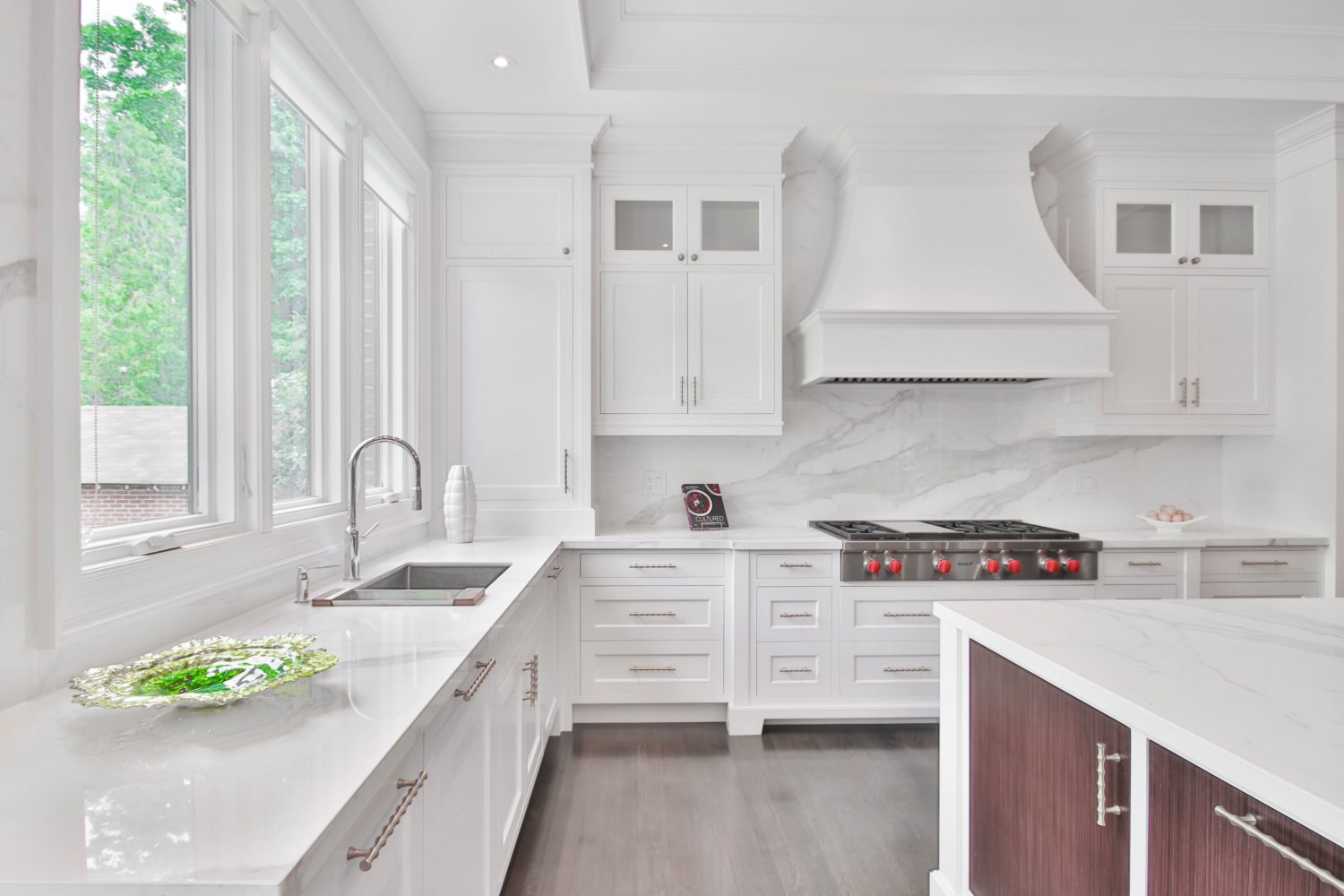
As we age, our bodies and minds may change, making it more challenging to navigate familiar spaces. With age comes the potential for physical hardships like arthritis and reduced mobility that could make it harder to access certain areas of your home or increase discomfort when engaging in everyday activities. Fortunately, there are a variety of accessibility modifications you can make at home to ensure these issues don’t impede your independence and quality of life as you age in place. This blog post will detail six essential accessibility modifications every senior should consider for improved safety, comfortability, and convenience around the house.
1. Modify Your Front Entrance by Adding a Lift
Modifying your front entrance with the addition of a lift can significantly enhance accessibility for seniors. These installations from stiltzhealthcare.com, often called porch or platform lifts, are designed to bypass steps that may pose a risk of falling or discomfort due to arthritis or reduced mobility. A lift can transport you from the ground level to the height of your front door easily and safely.
This modification can be beneficial for wheelchair users or for those who find climbing stairs a challenging task. Porch lifts are typically powered by electricity and have safety features like non-slip platforms, handrails, and emergency stop buttons. They’re dependable, easy to operate, and can be customized to match your home’s aesthetic, ensuring functionality and an appealing design that complements your abode.
2. Install Handrails in the Bathroom and Along the Stairs
For many of us, our home is our sanctuary, a place to unwind and relax. However, for seniors, it can sometimes be a reminder of the physical limitations they face as they age. Installing handrails throughout the house is one way to ensure they feel safe and secure in their home environment. In particular, adding handrails in the bathroom and along any staircases is essential for increasing stability and preventing falls.
Be sure to choose handrails wide enough for a secure grip and strong enough to support the user’s weight. Installing them securely is vital, using appropriate screws into walls or floorboards as necessary. For added comfort and convenience, consider adding textured grips that make it easy to connect with the railings and provide extra support.
The professionals behind stairhandrail.com suggest selecting materials like wood or stainless steel that combine durability with aesthetic appeal. They also recommend customizing handrails to match the style of your home while ensuring maximum functionality and safety.
3. Add Non-Slip Flooring
Wet surfaces and slippery flooring can pose a severe risk of injury for seniors, especially those with reduced mobility or impaired balance. To help reduce the likelihood of slips and falls due to wet floors, consider installing non-slip flooring throughout your home. This type of flooring is designed to maintain grip even when wet, ensuring your safety and peace of mind.
Non-slip flooring is available in various materials, including vinyl, tile, and laminate. Choose one that fits the aesthetic of your home while also providing the requisite level of traction. Additionally, adding non-slip mats in areas with high traffic or moisture levels can offer extra protection.
4. Increase Lighting in Your Home
As our eyes age, we become more sensitive to changes in light and often require brighter lighting to maintain visibility. Installing brighter bulbs or additional lamps in critical areas around the house can help seniors navigate their homes easily while reducing the risk of falls due to poor lighting.
For seniors with reduced mobility or impaired balance, consider adding motion sensor lights throughout the house that turn on when triggered by movement. Motion-sensing lights will illuminate areas that are typically dark and difficult to navigate, like hallways and stairwells. Additionally, they can be set to different light levels depending on your needs– from gentle night lighting to bright illumination in the daytime.
5. Create an Accessible Kitchen
The kitchen is often the epicenter of the home, so it’s vitally crucial that seniors can access and enjoy this space. To make your kitchen more accessible, consider remodeling with ergonomic features like adjustable height counters and non-slip flooring. Add handles and knobs on cabinet doors for easy opening and closing.
If your budget allows, consider installing automated features like pull-out shelves and drawers to help reduce strain on the body. These modifications can be especially beneficial for those with arthritis or reduced mobility.
6. Replace Knobs with Lever Handles
The handles on doors throughout your home should be easy to grip and operate. Traditional door knobs can be difficult to manage and cause discomfort for those with arthritis or impaired grip strength. Replacing knobs with lever handles is a simple yet effective way to improve access in your home.
These handles are designed for easy gripping and require little force to operate, allowing seniors to open doors without putting strain on their joints or muscles. Lever handles are also available in various styles and finishes, making selecting one that matches your existing décor easy.
Making accessibility modifications at home is a great way for seniors to maintain their independence and enjoy the comfort of their home environment as they age. With the right modifications, you can help ensure your safety and convenience around the house while still celebrating the style and charm of your abode.







